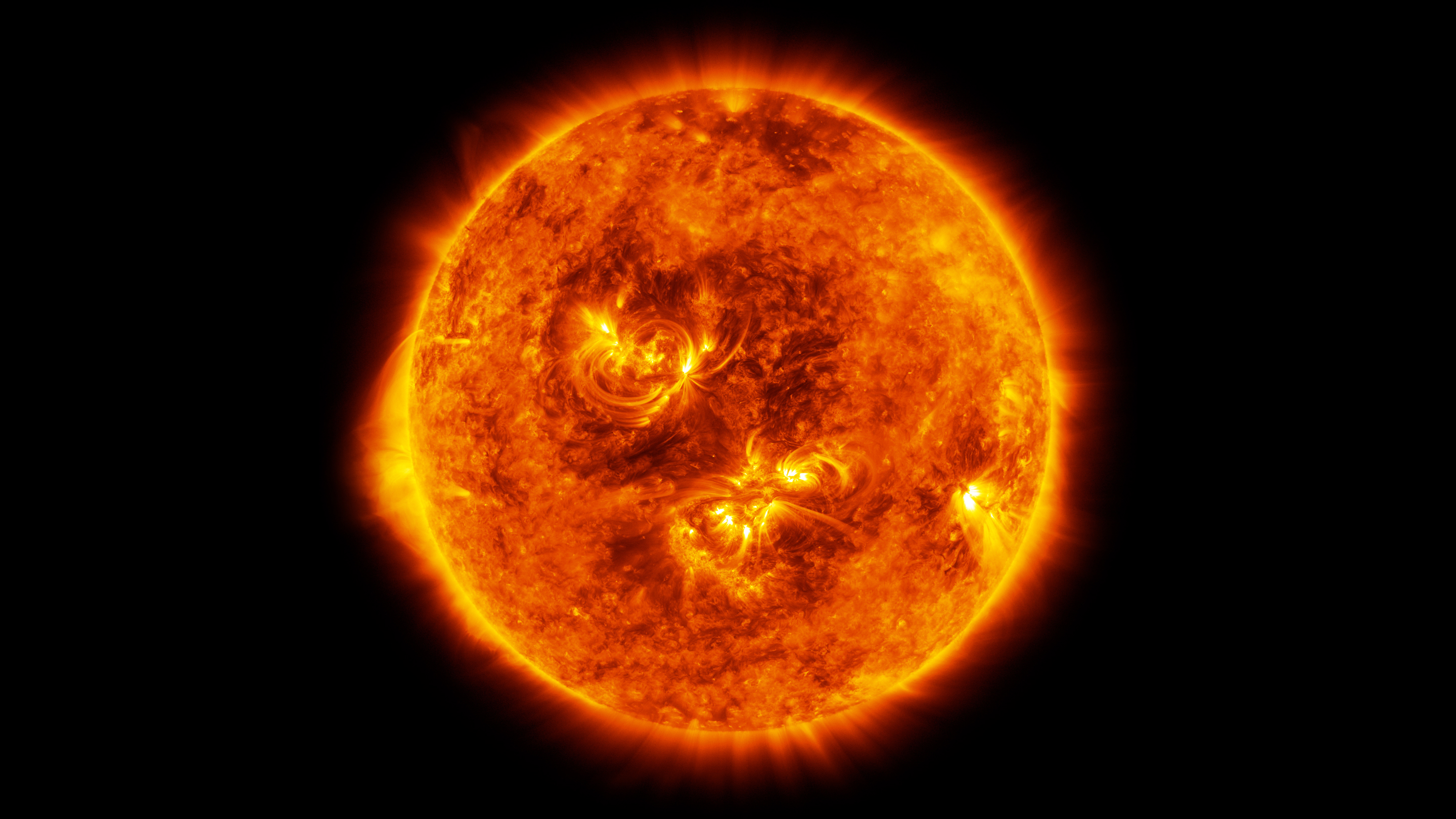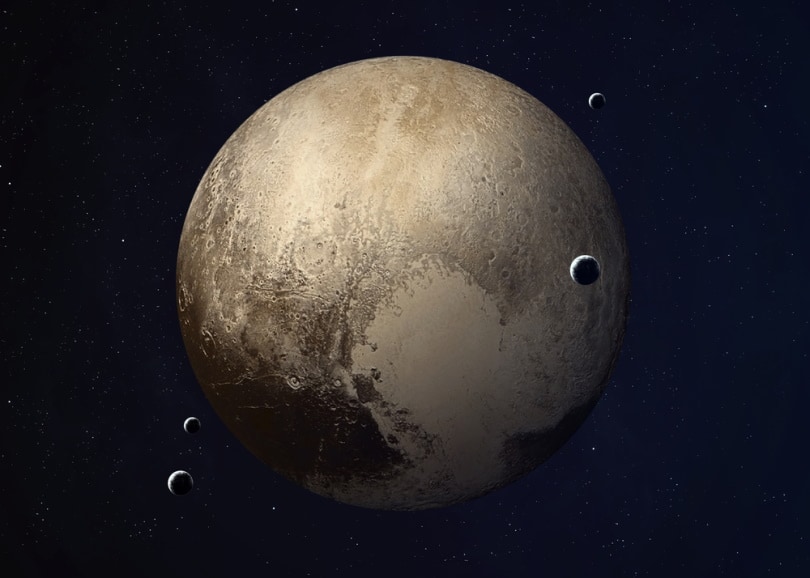Sun
The star at the center of our solar system. It powers life on Earth and accounts for 99.8% of the solar system’s total mass.
Discover fascinating facts and visuals about the 10 most well-known celestial bodies.





The star at the center of our solar system. It powers life on Earth and accounts for 99.8% of the solar system’s total mass.
The smallest planet and closest to the Sun. It completes an orbit in about 88 Earth days.
Known as Earth’s twin in size—but it’s the hottest due to its thick, heat-trapping atmosphere.
The only known planet to support life, with its balanced mix of land, water, and atmosphere.
The "Red Planet," named for its iron-rich soil, and a key target for future exploration.
The largest planet. A gas giant with swirling storms like the iconic Great Red Spot.
Famous for its stunning rings, made of ice and rock. The second-largest planet.
A blue-green ice giant that rotates sideways. It has faint rings and a cold atmosphere.
The farthest known planet. It's deep blue with powerful storms and icy winds.
A dwarf planet in the Kuiper Belt. Though small, it has a big place in hearts and science debates.